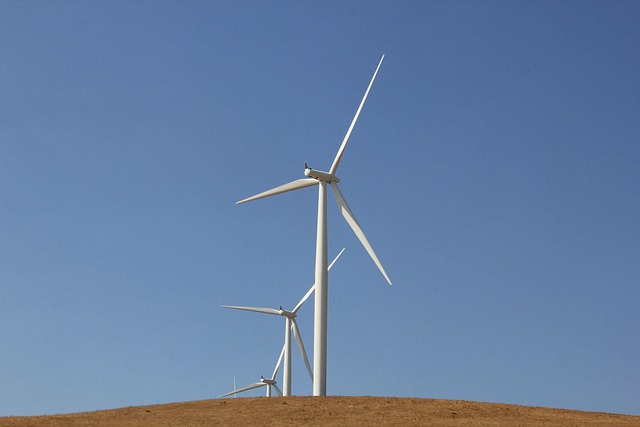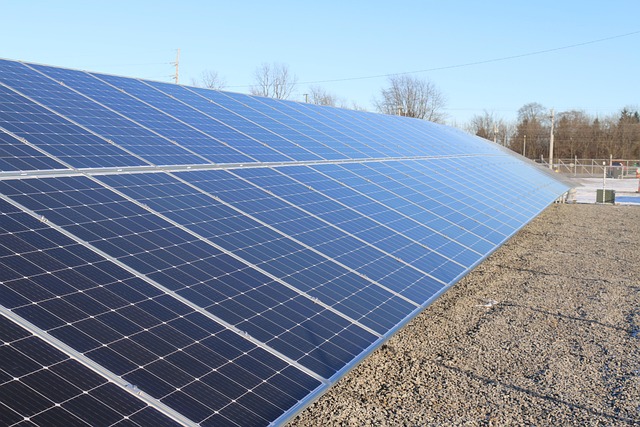Harnessing Nature: The Power of Green Energy Sources
As the world grapples with the grave consequences of climate change, energy production and consumption are increasingly coming under scrutiny. Fossil fuels, once viewed as the foundation of modern economies, are now recognized as a leading contributor to greenhouse gas emissions. This scenario has ignited a global movement towards greener energy solutions. Green energy sources not only promise a sustainable future but also harness the abundant resources that nature provides. This article delves into the significance of green energy, examines various sources, and discusses the implications for our planet’s health and future economic stability.
The Importance of Green Energy
Green energy, derived from natural sources that are continuously replenished, offers an alternative to the finite fossil fuels that have dominated energy markets for decades. The importance of green energy can be summarized in several key areas:
Environmental Benefits
One of the most compelling arguments for transitioning to green energy is its potential to mitigate environmental harm. Traditional energy sources like coal, oil, and natural gas release significant amounts of carbon dioxide (CO2) and other pollutants into the atmosphere, contributing to global warming and air quality degradation.
Green energy sources, such as solar, wind, hydroelectric, and geothermal power, produce little to no emissions during operation. By replacing fossil fuels with renewable energy, we can significantly reduce our carbon footprint and foster a healthier environment.
Economic Advantages
Investing in green energy can stimulate economic growth and create job opportunities. The renewable energy sector has proven to be a vital source of employment, often outpacing job creation in traditional energy sectors. As demand for clean energies continues to increase, industries focused on green technology, engineering, and maintenance flourish.
Furthermore, green energy is becoming increasingly cost-effective. Technological advancements have driven down the costs associated with harnessing renewable resources. This trend is likely to continue, making green energy not only an environmentally sound choice but also an economically viable one.
Energy Independence
Many countries rely heavily on imported fossil fuels to meet their energy demands. This dependency poses political and economic risks, leaving nations vulnerable to fluctuating prices and geopolitical conflicts. Embracing green energy can enhance energy independence, as countries invest in domestic energy production from abundant natural resources.
Exploring Green Energy Sources
As we strive toward a more sustainable future, understanding the various green energy sources available is crucial. Each source has its unique advantages and fits different environments and applications.
Solar Energy
Solar energy harnesses sunlight and converts it into electricity through photovoltaic cells or solar thermal systems. Given its accessibility and abundance, solar energy is one of the most widely used green energy sources today.
Advantages of solar energy include:
- Renewability: The sun is an inexhaustible source of energy, with enough potential to meet global energy needs many times over.
- Scalability: Solar systems can be implemented at various scales, from small residential installations to large utility-scale solar farms.
- Low operating costs: After initial setup, the ongoing costs of solar power generation can be minimal.
Wind Energy
Wind energy captures the kinetic energy from moving air and converts it into electricity using turbines. Wind farms can be located onshore or offshore, with each site offering distinct advantages based on wind patterns and geographic considerations.
Some key benefits of wind energy are:
- Efficiency: Wind turbines can generate significant amounts of power, and modern turbines are designed to operate at varying wind speeds.
- Cost-Effectiveness: The cost of wind power has dropped considerably over the past decade, making it one of the cheapest sources of new electricity in many regions.
Hydroelectric Energy
Hydroelectric energy generates electricity by harnessing the flow of water. Dams are constructed to create reservoirs that store water, and when released, this water drives turbines, producing electricity.
Some advantages of hydroelectric energy include:
- Reliable Power Supply: Hydropower can generate electricity consistently, providing a reliable source of energy.
- Storage Capabilities: Reservoirs can store water, acting as a battery to manage supply and demand, which helps balance grid stability.
Geothermal Energy
Geothermal energy utilizes heat from the Earth’s core to generate electricity or heat buildings. This energy source taps into the natural thermal energy available in various geographical areas, making it a viable option in regions with tectonic activity.
Key points about geothermal energy include:
- Low Emissions: Geothermal power plants produce minimal emissions compared to fossil fuel counterparts.
- Base Load Power: Geothermal energy can provide a constant supply of electricity, unaffected by external factors such as weather.
Biomass Energy
Biomass energy is derived from organic materials, such as plant matter and animal waste. By converting this organic material into fuel, electricity, or heat, biomass serves as a renewable energy source that can help reduce waste.
The advantages of biomass energy are:
- Waste Reduction: Biomass energy production helps reduce waste by repurposing organic materials that would otherwise decompose.
- Carbon Neutrality: When managed sustainably, biomass can be considered carbon neutral, as the CO2 released during combustion is roughly equivalent to the amount absorbed by plants during their growth.
The Challenges of Green Energy Adoption
While the benefits of green energy are numerous, several challenges persist that slow its widespread adoption. Understanding these challenges is crucial for developing effective strategies to move forward.
Intermittency Issues
Many renewable energy sources, particularly solar and wind, are intermittent by nature. Sunlight and wind patterns fluctuate, which can lead to inconsistent power generation. To address this challenge, we need to invest in energy storage technologies, such as batteries, that can store excess energy for use during periods of low production.
Infrastructure Development
The current energy infrastructure in many regions is heavily reliant on fossil fuels. Transitioning to green energy requires significant investments in new infrastructure, including upgraded transmission systems, storage facilities, and smart grid technologies. Governments, private sectors, and communities must collaborate to modernize the energy grid and facilitate this transition.
Initial Costs
Although green energy sources are becoming more affordable, the initial setup costs can still be a barrier for many individuals and businesses. Financial incentives, subsidies, and supportive policies can help alleviate this issue, encouraging more investments in renewable energy projects.
The Role of Policy and Innovation
To realize the full potential of green energy, effective policies and innovations are essential. Governments play a critical role in creating a supportive environment for renewable energy development. Through legislation, incentives, and public awareness campaigns, policymakers can encourage the adoption of green energy sources.
Additionally, fostering innovation in renewable energy technologies can lead to breakthroughs that enhance efficiency, reduce costs, and improve accessibility. Investments in research and development are crucial for addressing the challenges associated with renewable energy and ensuring its long-term viability.
The Future of Green Energy
The transition to green energy is not just a trend; it is an imperative for sustainable development and environmental protection. As technology advances, we can expect further innovations in efficiency, energy storage, and networked systems, driving down costs and enhancing accessibility.
Furthermore, as public awareness of climate issues continues to grow, consumers demand more sustainable practices from businesses and governments. This shift in consumer behavior is likely to accelerate the transition towards a greener economy.
Conclusion
Green energy represents a powerful solution to the pressing challenges of climate change and environmental degradation. By harnessing natural resources, we can create a sustainable energy future that benefits both the planet and humanity. Through collective action, innovative technologies, and supportive policies, we have the potential to unlock the full power of green energy sources, paving the way for a healthier, more resilient world.



